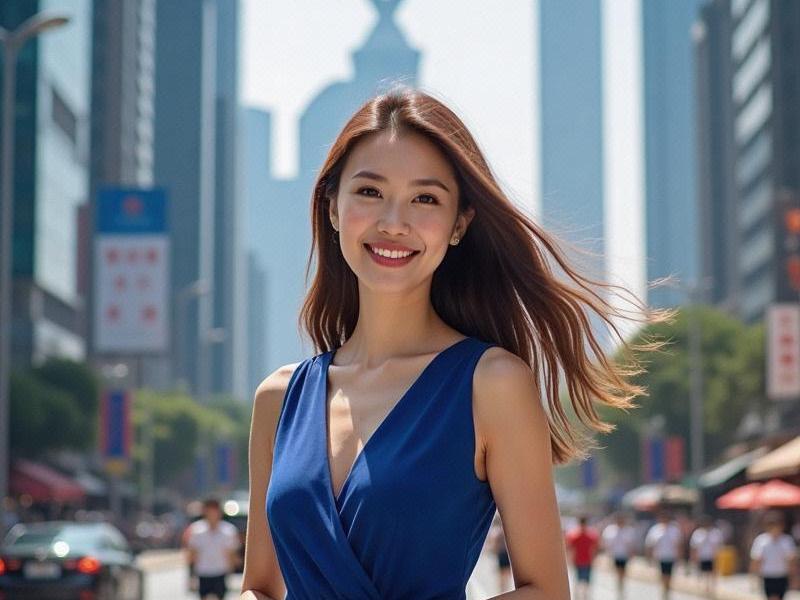This investigative feature examines how Shanghai women navigate competing beauty ideals while forging their own path between tradition and modernity, Eastern values and Western influences.

The morning light filters through the plane trees of Shanghai's former French Concession, illuminating a scene that captures the city's feminine paradox: elderly women practicing tai chi in silk pajamas alongside young influencers live-streaming makeup tutorials to millions. This striking contrast embodies the complex evolution of what it means to be a "Shanghai beauty" in the 21st century.
Historical Foundations (1900-1949)
Shanghai's beauty standards first gained national prominence during the Republican era:
• Qipao Revolution: The traditional dress evolved into a body-hugging silhouette symbolizing new freedoms
• Screen Sirens: Actresses like Hu Die blended Western glamour with Eastern grace
• Educated Elite: China's first female college graduates emerged from Shanghai's universities
• Business Pioneers: Women like Dong Zhujun opened successful enterprises despite social constraints
"Shanghai became China's laboratory for modern femininity," explains Dr. Li Mei, gender studies professor at Fudan University. "The qipao's transformation from Manchu robe to body-conscious dress mirrored women's social emancipation."
Socialist Transformation (1950-1990)
The mid-century brought radical redefinition of feminine ideals:
爱上海论坛 1. Iron Girls: Women dominated factory floors, with Zhang Fengzhi becoming Shanghai's first female crane operator
2. Gender Neutrality: Blue Mao jackets replaced dresses as political conformity trumped beauty
3. Reform Era: The 1980s saw permed hair and colorful dresses signaling new freedoms
4. Professional Class: By the 1990s, Shanghai women comprised 42% of financial sector employees
"These decades created what we call 'the Shanghai hybrid'," notes sociologist Wang Ying. "Practical socialist values layered over lingering bourgeois refinement."
Millennial Metamorphosis (2000-Present)
Contemporary Shanghai women navigate complex, often contradictory expectations:
- Professional Power: Women hold 38% of senior corporate positions (vs. 22% nationally)
- Digital Divas: Livestream queens like Viya redefine beauty entrepreneurship
- Marriage Rebels: 28% of educated women remain single past 35 (compared to 15% nationally)
上海龙凤419会所 - Fashion Chameleons: Mixing hanfu tradition with streetwear aesthetics
The contradictions are striking. While cosmetic surgery clinics proliferate along Huaihai Road, feminist book clubs flourish in converted lane houses. Luxury malls showcase diamond-encrusted qipaos while gender studies programs expand at top universities.
Beauty Under Pressure
Modern challenges persist despite apparent progress:
• "Leftover women" stigma affects successful professionals
• Workplace discrimination hidden behind progressive facades
• Digital creators face intense online scrutiny
• Cosmetic procedures among university students rose 47% since 2020
Yet innovative responses emerge:
上海花千坊爱上海 - All-female coworking spaces like "Her Startup Hub"
- MeToo movements gaining traction in media circles
- State media banning derogatory terms like "shengnu"
- Feminist microfilms going viral on Bilibili
Future Femininities
As Shanghai positions itself as a global capital, its women stand at a crossroads:
- Will AI beauty filters reinforce unrealistic standards?
- Can traditional values coexist with gender fluidity?
- How will aging populations reshape feminine ideals?
- What new forms of empowerment will digital natives create?
The answers may lie in the morning rituals along the Bund - where tai chi's slow grace meets TikTok's rapid beats, where silk qipaos share sidewalks with tech wear, where Shanghai's women continue rewriting beauty's rules on their own terms.